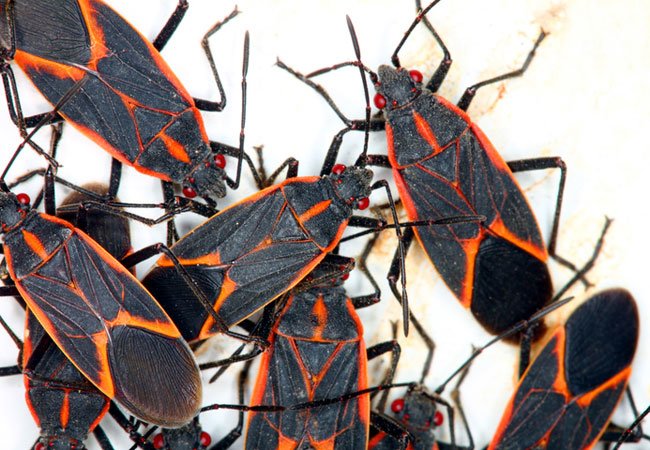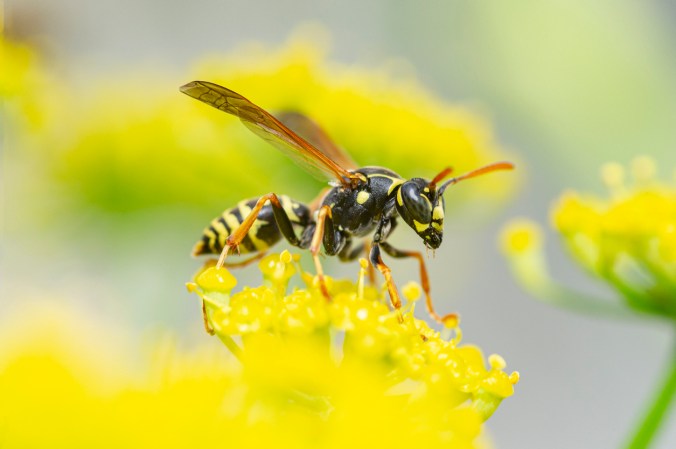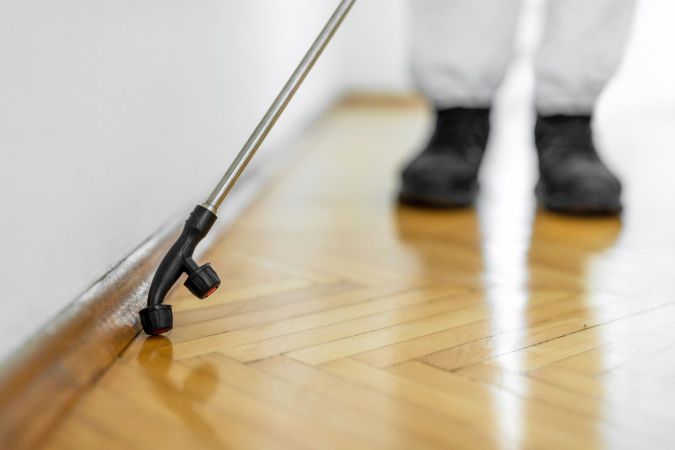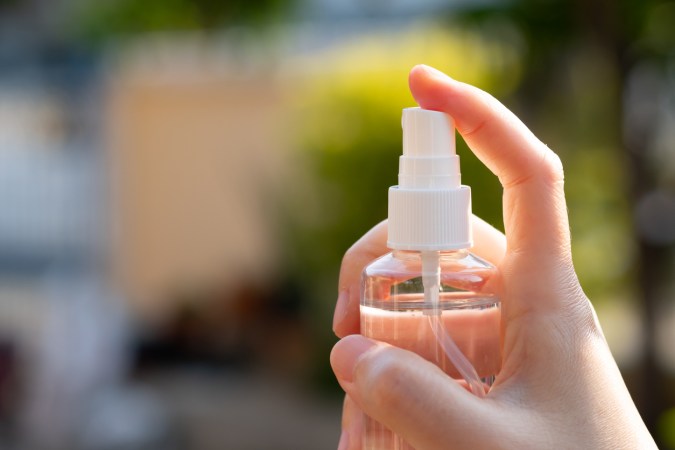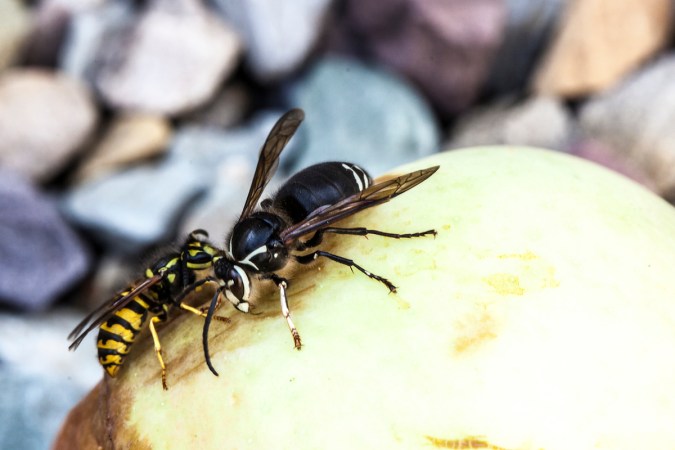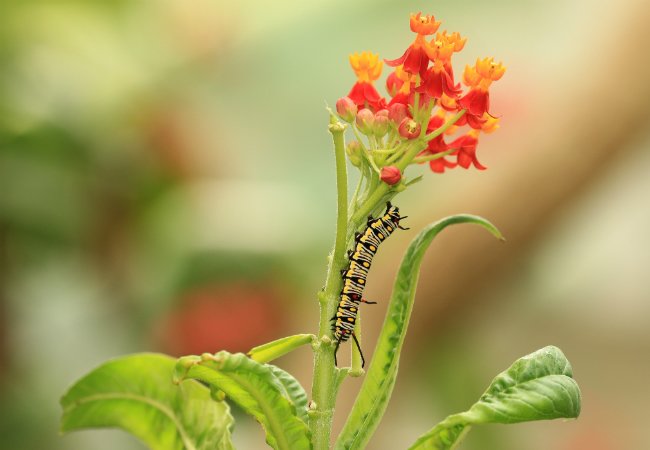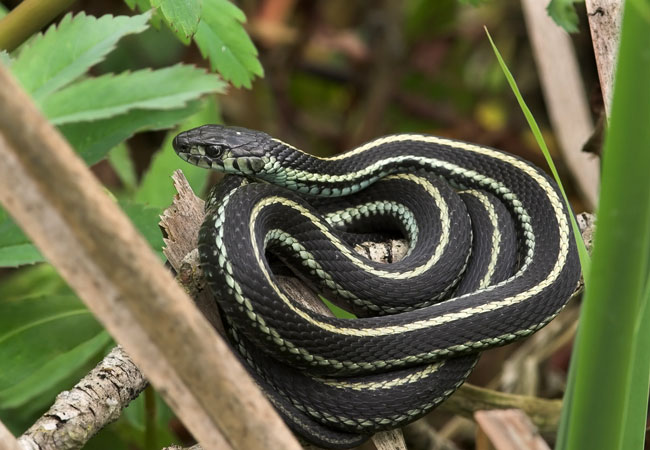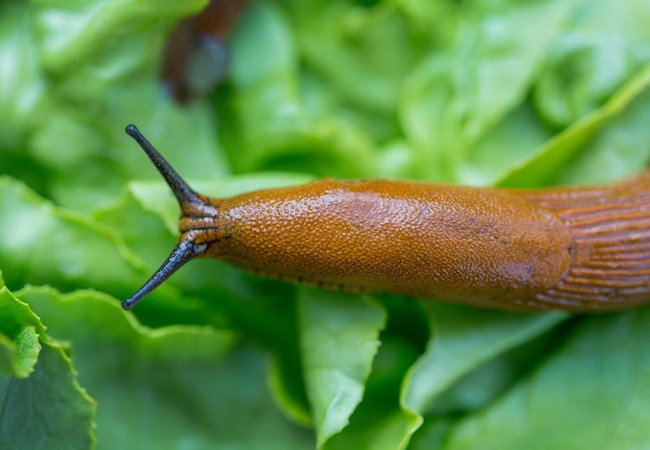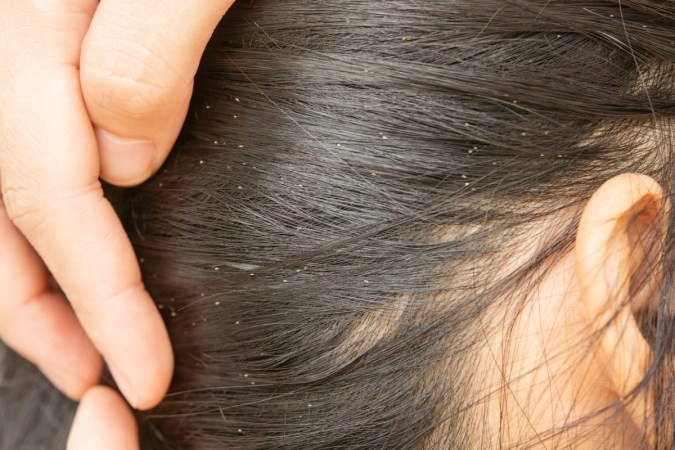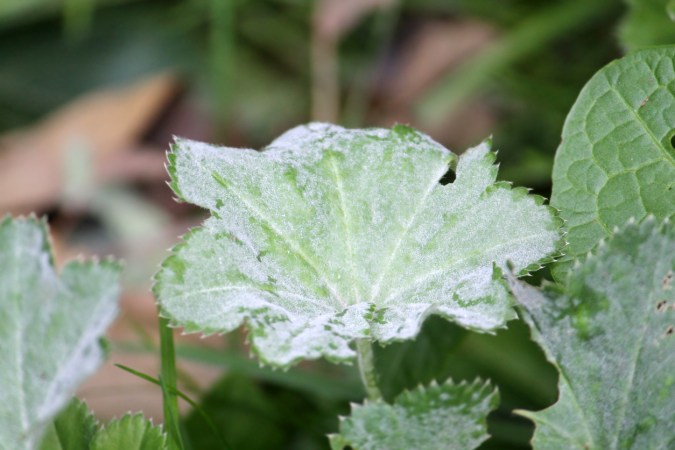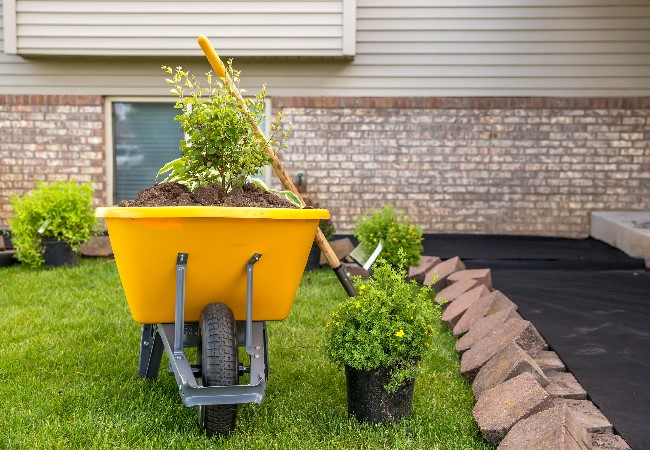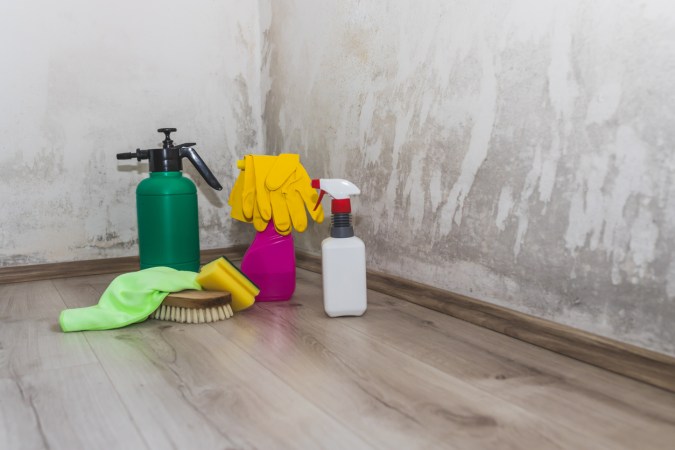We may earn revenue from the products available on this page and participate in affiliate programs. Learn More ›
Homeowners with seed-bearing boxelder trees on their property may be all too familiar with the insects that lay eggs on them and feed on their seed pods. The half-inch long black bugs with red-ridged wings do little damage to gardens, but they can be most unwelcome when they appear in large swarms and give off their distinctive stench.
Worse, come autumn, boxelder bugs migrate to the south side of trees and houses in search of warm spaces to overwinter—and should they breach openings on the exterior of your home, you may find them taking up residence inside. If you’re tired of confronting the pests outdoors and in, take charge now with these seven smart strategies for how to get rid of boxelder bugs or consider consulting one of the best pest control companies, such as Orkin or Terminix.
Exterior Treatments for Boxelder Bugs
If you spot boxelder bugs in your yard or around the perimeter of the house…
Blast them with water.
Small clusters of boxelder bugs are easily broken up with a forceful stream from a garden hose. While this technique won’t kill or reduce their population, it will temporarily discourage the growth of a swarm. Keeping boxelder bugs at a manageable amount can prevent the need for more involved treatment necessitated by larger swarms.
Deploy diatomaceous earth.
Banish moderate to large swarms with diatomaceous earth, an organic, talc-like powder comprised of the fossilized remains of microalgae. The food-grade variety, readily available in home centers and online (view on Amazon), is deadly to boxelder bugs yet non-toxic to humans and pets.
Donning gloves, safety glasses, and a dust mask, scatter the powder in the manufacturer-recommended amount around the base of boxelder, maple, or ash trees using a manual hand duster or plastic feed scoop. Sprinkle additional powder along the perimeter of your home, focusing on entry points like windowsills and doorjambs.
The powder will penetrate the exoskeletons of the bugs to dehydrate and kill them in a few hours. Repeat the treatment if rain removes the powder or new swarms emerge.
Spray residual insecticide.
Cracks and crevices on the exterior of your home can be a hotbed for boxelder bugs in autumn. Applying a Pyrethrin-based residual insecticide formulated for the perimeter (view example on Amazon) to these crevices will kill boxelder bugs before they migrate indoors to overwinter.
Donning gloves and safety glasses, spray the insecticide according to the manufacturer’s instructions to exterior cracks and crevices on siding, windows, doors, eaves, and attic vents. Steer clear of plants and your lawn (which perimeter insecticides can destroy), and keep pets and kids away from newly treated areas. After the insecticide kills off the bugs, siphon them out with a vacuum, then seal up the cracks with caulk to prevent new bugs from entering.
Replace seed-bearing boxelder trees.
Since the pests feed on the seedpods of female boxelder trees, removing them and replacing them with non-seed-bearing male trees (or other species) can help you be rid of the bugs permanently. Keep in mind that the more mature the tree, the costlier it will be to remove. Also consider that the benefits of the tree—shade, privacy, and curb appeal—may outweigh the insect nuisance.
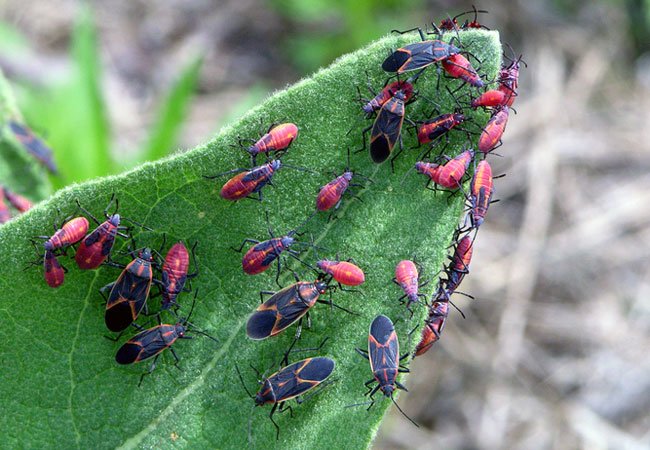
Interior Treatments for Boxelder Bugs
If boxelder bugs overcome exterior treatments and invade your home…
Vacuum them up.
The easiest way to banish a few stray boxelder bugs in the home is to vacuum them up from the floors, wall crevices, or windowsills and doorways where they often lurk. Dispose of collected bugs immediately to eliminate their smelly remains, which can attract other, more destructive insects like Dermestid beetles. Avoid squashing the bugs; this will leave a stain, especially on carpet. Since boxelder bugs don’t reproduce indoors, you needn’t worry about another home invasion if you dispose of those already in the house and then seal any openings.
Trap them.
Not all boxelder bugs hang out in plain sight—some prefer to hide in the basement, attic, or near ceilings. To catch these undercover creepers, place a lightweight insect trap in the out-of-the-way areas. The most effective traps use glue or light to lure and then ensnare bugs. Dispose of the traps as soon as possible to keep odors at bay.
Use a homemade weapon.
While store-bought insecticides to combat indoor boxelder bug infestations are available, you can avoid their chemicals and cost with a homemade solution made from handy household ingredients. Simply dilute one to two tablespoons of liquid dish soap in water in a spray bottle, then spray directly to indoor bugs to kill them.

